It has been a long time that we are exploring the universe through modern telescopes to find other worlds where we can find other civilizations. Till now there are no accurate pieces of information we can find about the alien worlds but during these we have found about many new planets and new types of stars. In this post, we will discuss the different types of stars on the basis of stellar classification.
What is Stellar Classification?
It is a method to classify stars on the basis of their spectral characteristic. A stellar spectrum can reveal many properties of stars, such as their chemical composition, temperature, density, mass, distance, luminosity, On the basis of this classification stars are divided into 7 parts.

1. O type Stars
Color- Blue or White
Temperature- More than 30000 Kelvin
 Stars of this type are very rare, but because they are very bright they can be seen at great distances and four of the 90 most luminous stars as seen from Earth, are O type. Due to their high mass, O-type stars end their lives rather quickly in violent supernova explosions, resulting in Black holes or neutron stars. Most of these stars are young massive giant or supergiant stars.
Stars of this type are very rare, but because they are very bright they can be seen at great distances and four of the 90 most luminous stars as seen from Earth, are O type. Due to their high mass, O-type stars end their lives rather quickly in violent supernova explosions, resulting in Black holes or neutron stars. Most of these stars are young massive giant or supergiant stars.
2. B type Stars
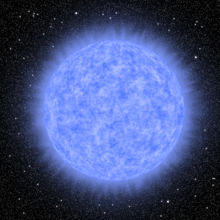 Color- Blue
Color- Blue
Temperature- Between 10000 K to 30000 K
Stars of these categories have mass 2 to 16 times greater than that of the sun. Their luminosity is highly greater than the sun. Also, these stars have a very short life span lasting just a million years. Type-B stars don't have a corona and lack a convection zone in their outer atmosphere.
3. A-Type Stars-
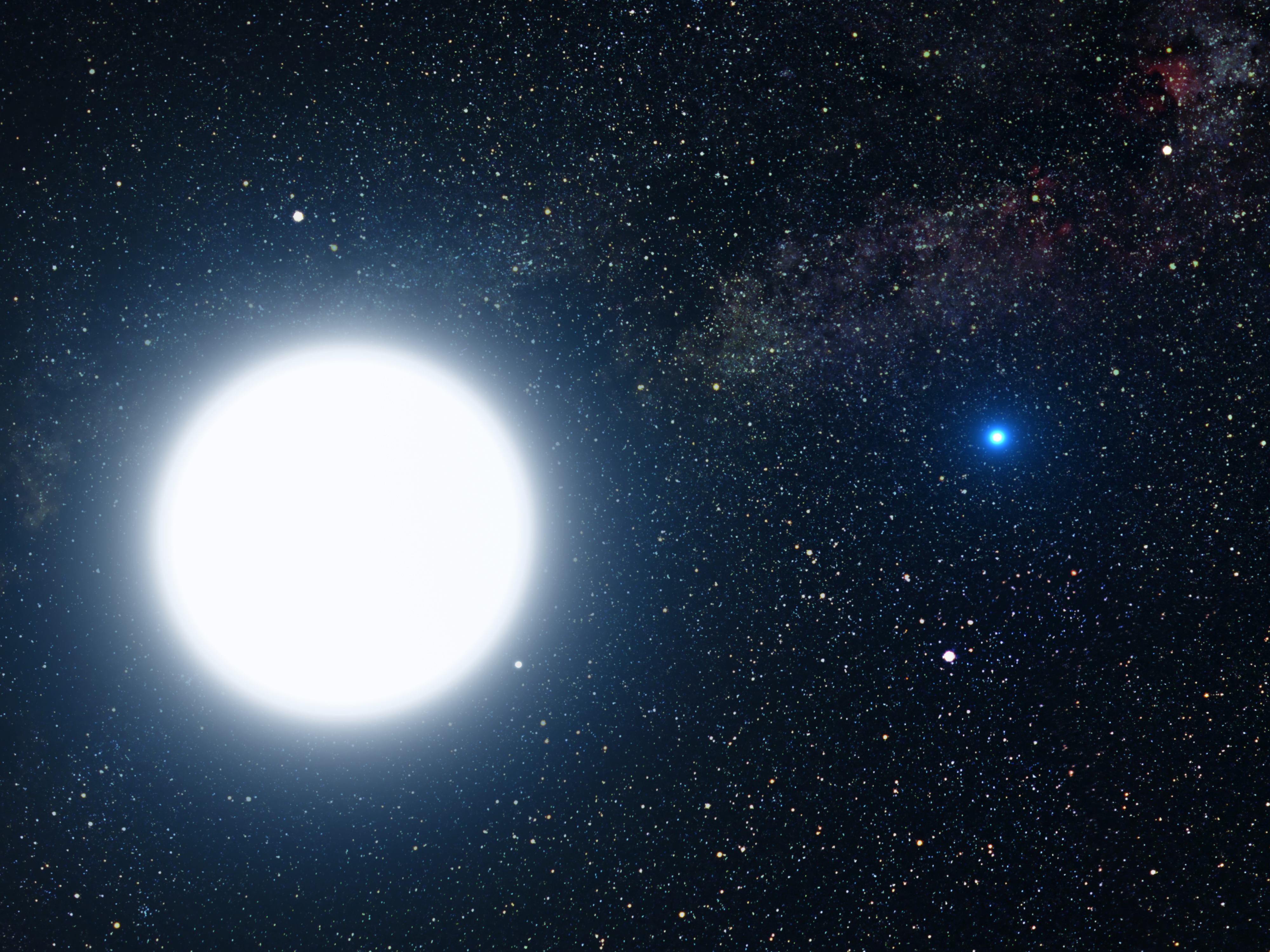 An A-type main-sequence star (A V) or A dwarf star is a main-sequence (hydrogen-burning) star of spectral type A and luminosity class V.They have masses from 1.4 to 2.1 times the mass of the Sun and surface temperatures between 7600 and 10,000 K. Bright and nearby examples are Altair (A7 V), Sirius A (A1 V), and Vega (A0 V). A-type stars don't have a convective zone and thus aren't expected to harbor a magnetic dynamo.
An A-type main-sequence star (A V) or A dwarf star is a main-sequence (hydrogen-burning) star of spectral type A and luminosity class V.They have masses from 1.4 to 2.1 times the mass of the Sun and surface temperatures between 7600 and 10,000 K. Bright and nearby examples are Altair (A7 V), Sirius A (A1 V), and Vega (A0 V). A-type stars don't have a convective zone and thus aren't expected to harbor a magnetic dynamo.
A-type stars are young and many emit infrared (IR) radiation beyond what would be expected from the star alone.
4.F type star-
 An F-type main-sequence star (F V) is a main-sequence, hydrogen-fusing compact star of spectral type F and luminosity class V. These stars have from 1.0 to 1.4 times the mass of the Sun and surface temperatures between 6,000 and 7,600 K. This temperature range gives the F-type stars a yellow-white hue. Some studies show that there is a possibility that life could also develop on planets that orbit a F-type star.
An F-type main-sequence star (F V) is a main-sequence, hydrogen-fusing compact star of spectral type F and luminosity class V. These stars have from 1.0 to 1.4 times the mass of the Sun and surface temperatures between 6,000 and 7,600 K. This temperature range gives the F-type stars a yellow-white hue. Some studies show that there is a possibility that life could also develop on planets that orbit a F-type star.
5.G- type star
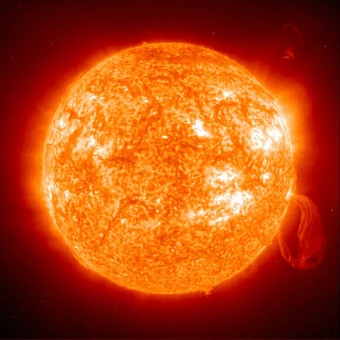 Color- Yellow to white
Color- Yellow to white
Temperature- 5000k to 6000k
A G-type main-sequence star often called a yellow dwarf or G dwarf star is a main-sequence star of spectral type G. Such a star has about 0.84 to 1.15 solar masses. An example of g type star is our sun.
6. K- star type
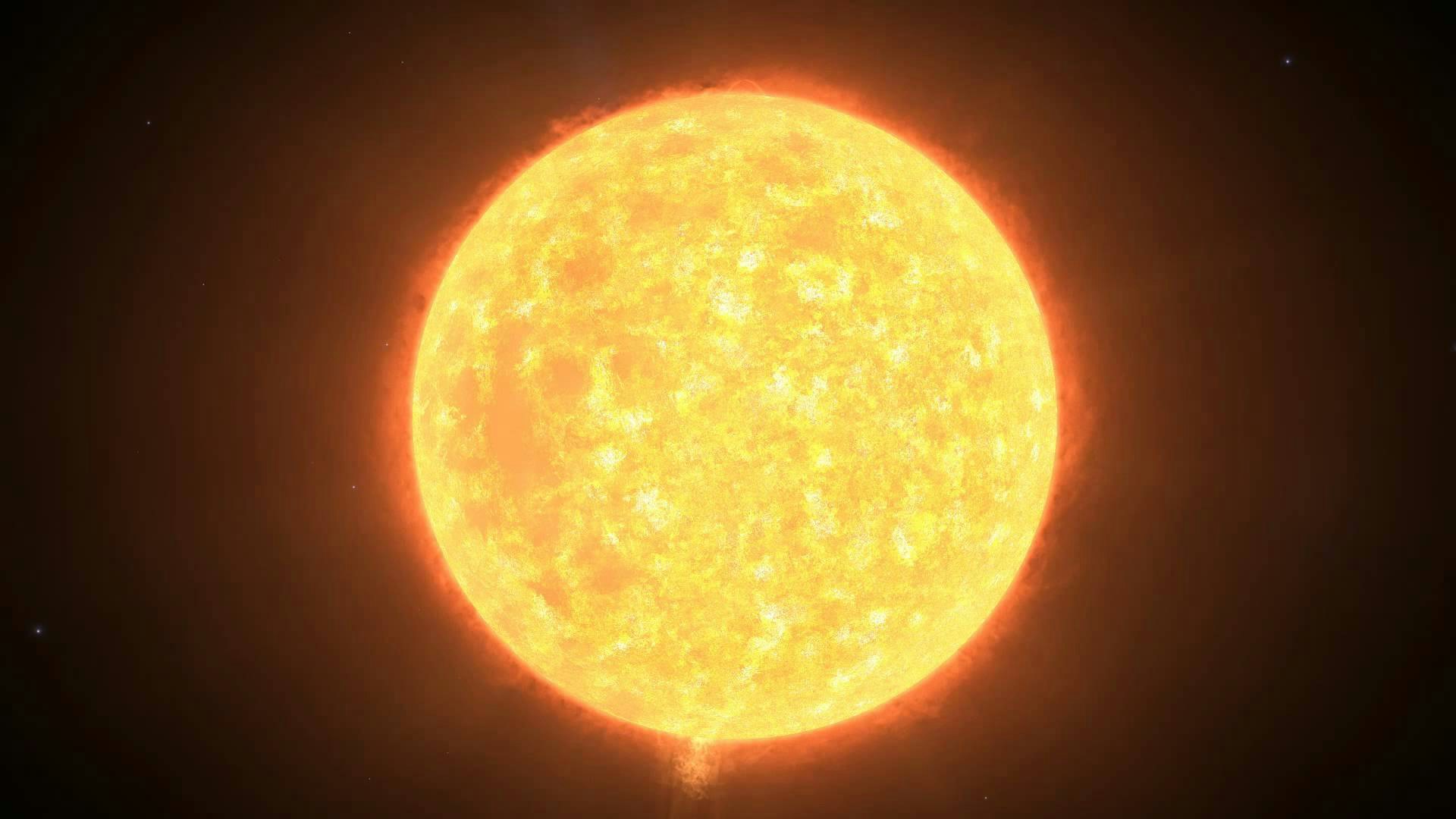 Color- Orange
Color- Orange
Temperature- 3900 k - 5200 k
A K-type main-sequence star, also referred to as a K dwarf or Orange dwarf, is a main-sequence (hydrogen-burning) star of spectral type K and luminosity class V.They have masses between 0.5 and 0.8 times the mass of the Sun. These stars remain stable for a long time which makes them more favorable to support extraterrestrial life. A famous example is Alpha Centauri
7. M- Star
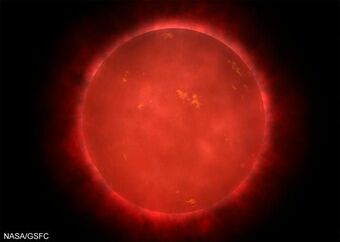 Color- Red
Color- Red
Temperature- Below 3500k
The M-type main sequence stars are the most common stars in the universe. These stars very dim and small in size. Their mass is 0.4 times of sun. These are the smallest Hydrogen burning stars. These are also called Red Dwarfs. Due to their low luminosity and small size, they are hard to detect.
In the 2nd part of this post, we will discuss the subgroups of the stars.
Thanks for reading this post. Have a nice day.











Comments
Post a Comment